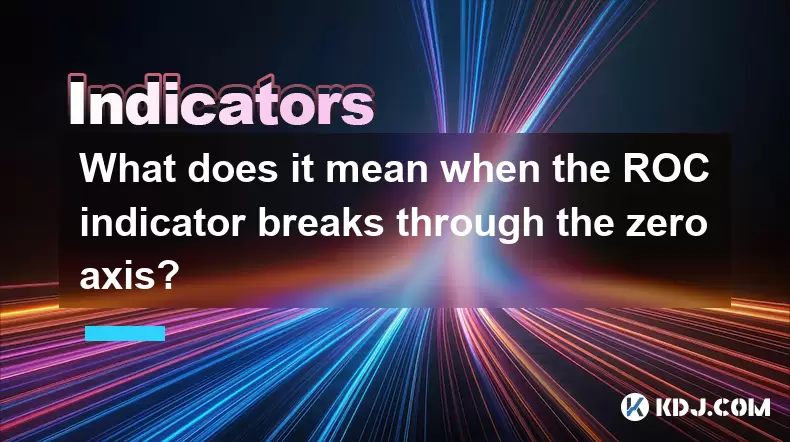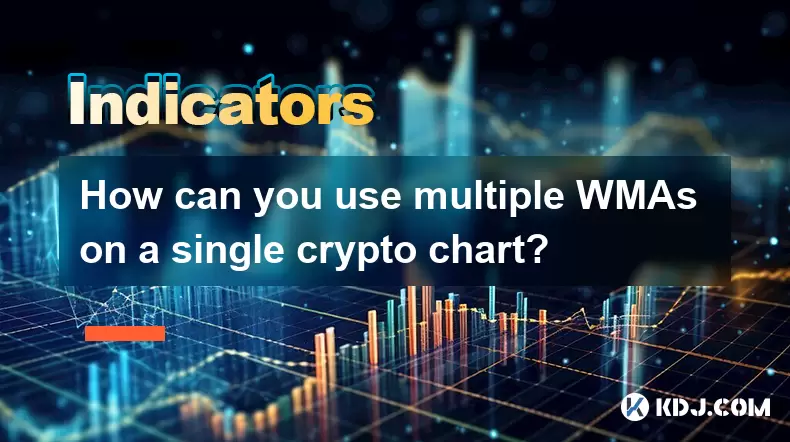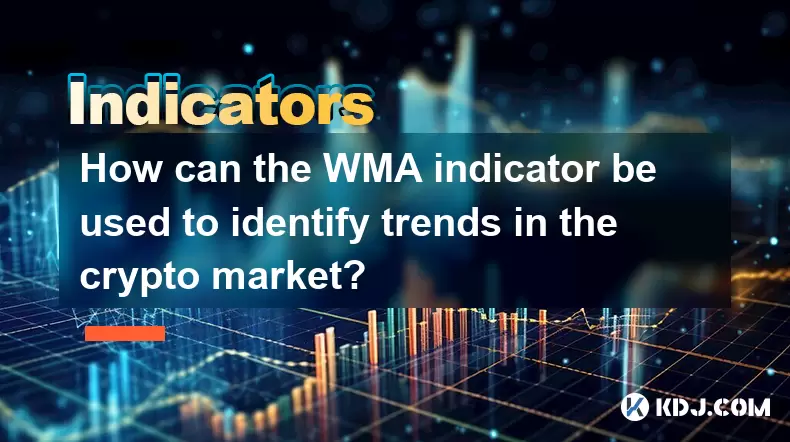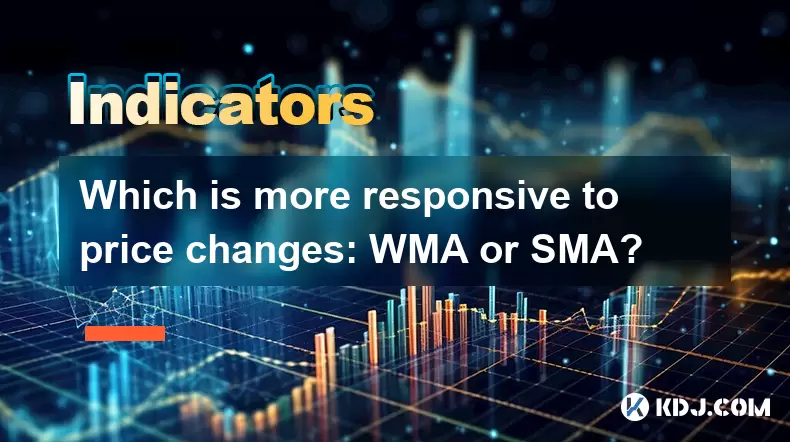-
 Bitcoin
Bitcoin $118300
-0.58% -
 Ethereum
Ethereum $3825
0.11% -
 XRP
XRP $3.137
-0.71% -
 Tether USDt
Tether USDt $0.9999
-0.01% -
 BNB
BNB $803.9
-3.37% -
 Solana
Solana $181.5
-1.94% -
 USDC
USDC $0.9999
0.01% -
 Dogecoin
Dogecoin $0.2238
-2.51% -
 TRON
TRON $0.3358
2.12% -
 Cardano
Cardano $0.7844
-2.16% -
 Hyperliquid
Hyperliquid $43.31
-1.48% -
 Sui
Sui $3.807
-4.04% -
 Stellar
Stellar $0.4203
-1.96% -
 Chainlink
Chainlink $17.79
-3.00% -
 Bitcoin Cash
Bitcoin Cash $567.8
-1.34% -
 Hedera
Hedera $0.2614
-4.30% -
 Avalanche
Avalanche $24.19
-4.46% -
 Litecoin
Litecoin $109.2
-0.74% -
 UNUS SED LEO
UNUS SED LEO $8.969
-0.01% -
 Toncoin
Toncoin $3.404
3.97% -
 Ethena USDe
Ethena USDe $1.001
-0.01% -
 Shiba Inu
Shiba Inu $0.00001307
-3.19% -
 Uniswap
Uniswap $10.33
-1.23% -
 Polkadot
Polkadot $3.884
-4.06% -
 Monero
Monero $312.9
-1.87% -
 Dai
Dai $1.000
0.01% -
 Bitget Token
Bitget Token $4.537
-2.24% -
 Pepe
Pepe $0.00001156
-3.40% -
 Cronos
Cronos $0.1437
-0.89% -
 Aave
Aave $282.8
-2.77%
What does it mean when the ROC indicator breaks through the zero axis?
The ROC indicator helps traders gauge momentum in crypto markets, with zero crossovers signaling potential trend shifts—rising above zero indicates bullish strength, while falling below warns of bearish pressure.
Jun 19, 2025 at 12:00 am

Understanding the ROC Indicator in Cryptocurrency Trading
The Rate of Change (ROC) indicator is a momentum oscillator commonly used in cryptocurrency trading to measure the percentage change in price between the current closing price and the closing price from a specified number of periods ago. This helps traders assess the speed at which prices are moving, offering insights into potential trend reversals or continuations.
In technical analysis, the ROC indicator oscillates above and below a zero line. When the ROC crosses above the zero axis, it suggests that the price is rising faster than it was previously, indicating increasing bullish momentum. Conversely, when the ROC drops below the zero line, it signals that the price is falling more rapidly, reflecting growing bearish pressure.
What Happens When the ROC Indicator Crosses Above Zero?
A breakout above the zero level on the ROC chart often serves as a confirmation of positive momentum. It indicates that the current closing price is higher than the closing price from the earlier period used in the calculation—typically 12 or 14 periods.
- Bullish Signal: A move above zero may be interpreted as a buy signal by some traders.
- Momentum Confirmation: It confirms that recent price action has been upward and gaining strength.
- Trend Validation: In an uptrend, crossing above zero can validate the continuation of the trend.
This kind of crossover is particularly useful when combined with other indicators like moving averages or volume, helping traders filter out false signals and avoid premature entries.
What Does a Break Below the Zero Line Mean for Traders?
When the ROC falls below zero, it means that the current price is lower than the price from the previous set number of periods. This shift is usually seen as a sign of weakening momentum and could indicate a reversal or a pullback in price.
- Bearish Signal: Crossing under the zero line is often viewed as a sell signal or a warning to close long positions.
- Downtrend Confirmation: If the price is already in a downtrend, this movement reinforces the likelihood of continued downward movement.
- Market Weakness: A sharp drop below zero might suggest panic selling or a sudden loss of investor confidence.
Traders should not rely solely on this signal but instead use it alongside tools like RSI or MACD to confirm the strength of the trend and avoid whipsaw scenarios.
How to Interpret ROC Zero Crossovers in Volatile Crypto Markets?
Cryptocurrency markets are known for their high volatility, which makes interpreting technical indicators like ROC both crucial and challenging. In such environments:
- Frequent False Signals: Due to rapid price swings, ROC can cross the zero line multiple times within short intervals, leading to misleading readings.
- Timeframe Sensitivity: The effectiveness of the zero crossover depends heavily on the timeframe being analyzed. Short-term traders might see many crossovers in a single day, while long-term investors may focus only on daily or weekly charts.
- Confirmation Tools Needed: To enhance accuracy, traders should use candlestick patterns or support/resistance levels to filter out noise and identify genuine breakouts.
For instance, if Bitcoin’s ROC breaks above zero after a prolonged downtrend and coincides with a breakout above a key resistance level, it could signal a stronger rally ahead.
Practical Steps to Use ROC Zero Axis Breakouts in Trading Strategy
To incorporate ROC zero axis crossings into your trading plan effectively, follow these steps:
- Select Appropriate Timeframe: Choose a chart based on your trading style—day traders may use 5-minute or 15-minute intervals, while swing traders might prefer 4-hour or daily charts.
- Set the ROC Period: While the default setting is usually 12 or 14, adjust it based on the asset’s volatility. For highly volatile altcoins, a shorter period may offer more timely signals.
- Overlay Other Indicators: Add a simple moving average (SMA) or volume bars to confirm the direction and strength of the momentum.
- Identify Key Price Levels: Check whether the ROC crossover occurs near a significant support or resistance zone. A breakout above zero near a resistance level might imply a strong buying opportunity.
- Use Stop-Loss Orders: Since crypto markets can reverse quickly, always place stop-loss orders to manage risk when entering trades based on ROC signals.
By combining these elements, traders can better distinguish between meaningful momentum shifts and random market noise.
Common Pitfalls When Relying on ROC Zero Line Breaks
Despite its usefulness, the ROC indicator has limitations, especially when interpreted in isolation. Some common mistakes include:
- Overreacting to Every Crossover: In choppy markets, frequent crossings above or below zero can lead to overtrading and increased transaction costs.
- Neglecting Market Context: Failing to consider broader market conditions, such as news events or macroeconomic factors, can result in incorrect interpretations.
- Ignoring Divergence Patterns: Sometimes, the price may make new highs, but the ROC fails to do so, signaling hidden weakness. These divergences are critical but often overlooked by novice traders.
Avoiding these pitfalls requires discipline and a well-rounded analytical approach that includes both technical and fundamental inputs.
Frequently Asked Questions (FAQ)
Q: Can the ROC indicator be used for all cryptocurrencies?
Yes, the ROC indicator can be applied to any cryptocurrency chart. However, its effectiveness may vary depending on the asset's liquidity and volatility. Major coins like Bitcoin and Ethereum tend to produce clearer signals due to their larger market capitalization and trading volume.
Q: Is the ROC zero crossover reliable during sideways markets?
No, during consolidation or ranging markets, the ROC frequently crosses the zero line, creating numerous false signals. Traders should avoid relying solely on this indicator in such phases and instead look for breakout opportunities.
Q: How does the ROC compare to the RSI in terms of zero-axis interpretation?
The RSI doesn’t have a zero axis in the same way as the ROC, since it ranges between 0 and 100. However, both indicators help assess momentum. While the ROC measures price velocity, the RSI evaluates overbought or oversold conditions, making them complementary tools.
Q: What settings should I use for the ROC indicator in intraday crypto trading?
For intraday trading, a shorter ROC period, such as 9 or 12, is generally preferred. This allows for quicker responses to price changes. Always test different settings on historical data before applying them to live trading.
Disclaimer:info@kdj.com
The information provided is not trading advice. kdj.com does not assume any responsibility for any investments made based on the information provided in this article. Cryptocurrencies are highly volatile and it is highly recommended that you invest with caution after thorough research!
If you believe that the content used on this website infringes your copyright, please contact us immediately (info@kdj.com) and we will delete it promptly.
- Shiba Inu, Dogecoin, Crypto Soar? Meme Coins Face New Challenger!
- 2025-07-30 17:30:12
- UNITE, KuCoin, and the Future of Mobile Gaming: A New York Minute on Web3
- 2025-07-30 16:30:12
- Strategy, Bitcoin, Investment: Riding the Crypto Wave Like a Pro
- 2025-07-30 16:30:12
- JD.com, Jcoin, and Stablecoins: Hong Kong's Regulatory Embrace
- 2025-07-30 16:50:11
- Dogecoin Price Breakout: Will DOGE Bark Up the Right Tree?
- 2025-07-30 17:30:12
- Ethereum, Stablecoins, and the GENIUS Act: A New Era?
- 2025-07-30 18:10:11
Related knowledge

How can you use multiple WMAs on a single crypto chart?
Jul 30,2025 at 06:56pm
Understanding the Role of Private Keys in Cryptocurrency SecurityIn the world of cryptocurrency, private keys are the cornerstone of ownership and con...

What are the best WMA settings for day trading crypto?
Jul 30,2025 at 03:43pm
Understanding WMA in the Context of Crypto Day TradingThe Weighted Moving Average (WMA) is a technical indicator that assigns greater importance to re...

How can the WMA indicator be used to identify trends in the crypto market?
Jul 30,2025 at 04:56pm
Understanding the WMA Indicator in Cryptocurrency TradingThe Weighted Moving Average (WMA) is a technical analysis tool that assigns greater importanc...

What are the advantages of using the WMA indicator for crypto?
Jul 30,2025 at 03:21pm
Understanding the WMA Indicator in Cryptocurrency TradingThe Weighted Moving Average (WMA) is a technical analysis tool widely used in cryptocurrency ...

Which is more responsive to price changes: WMA or SMA?
Jul 30,2025 at 05:00pm
Understanding Weighted Moving Average (WMA)The Weighted Moving Average (WMA) assigns greater importance to recent price data, making it inherently mor...

What are the main differences between WMA, SMA, and EMA in crypto?
Jul 30,2025 at 02:50pm
Understanding the Role of Private Keys in Cryptocurrency WalletsEvery cryptocurrency wallet operates based on cryptographic principles, with the priva...

How can you use multiple WMAs on a single crypto chart?
Jul 30,2025 at 06:56pm
Understanding the Role of Private Keys in Cryptocurrency SecurityIn the world of cryptocurrency, private keys are the cornerstone of ownership and con...

What are the best WMA settings for day trading crypto?
Jul 30,2025 at 03:43pm
Understanding WMA in the Context of Crypto Day TradingThe Weighted Moving Average (WMA) is a technical indicator that assigns greater importance to re...

How can the WMA indicator be used to identify trends in the crypto market?
Jul 30,2025 at 04:56pm
Understanding the WMA Indicator in Cryptocurrency TradingThe Weighted Moving Average (WMA) is a technical analysis tool that assigns greater importanc...

What are the advantages of using the WMA indicator for crypto?
Jul 30,2025 at 03:21pm
Understanding the WMA Indicator in Cryptocurrency TradingThe Weighted Moving Average (WMA) is a technical analysis tool widely used in cryptocurrency ...

Which is more responsive to price changes: WMA or SMA?
Jul 30,2025 at 05:00pm
Understanding Weighted Moving Average (WMA)The Weighted Moving Average (WMA) assigns greater importance to recent price data, making it inherently mor...

What are the main differences between WMA, SMA, and EMA in crypto?
Jul 30,2025 at 02:50pm
Understanding the Role of Private Keys in Cryptocurrency WalletsEvery cryptocurrency wallet operates based on cryptographic principles, with the priva...
See all articles

























































































